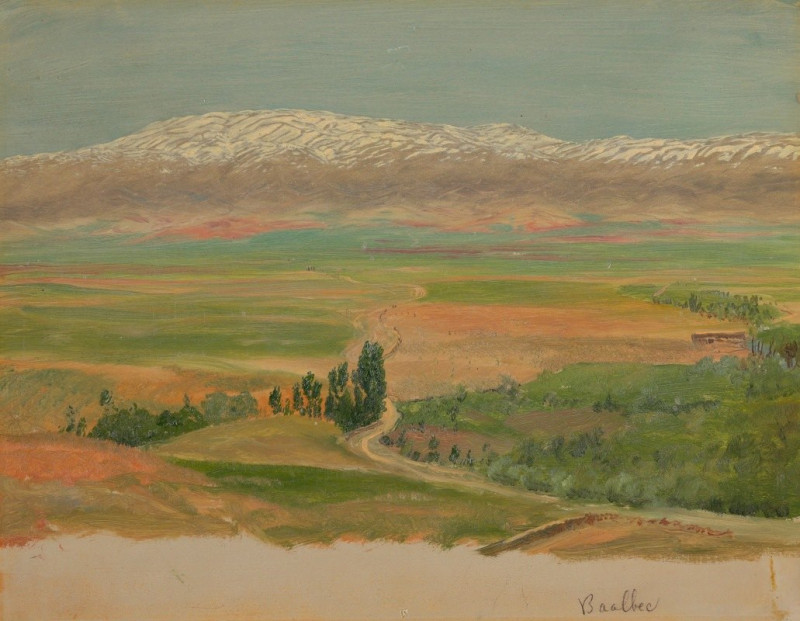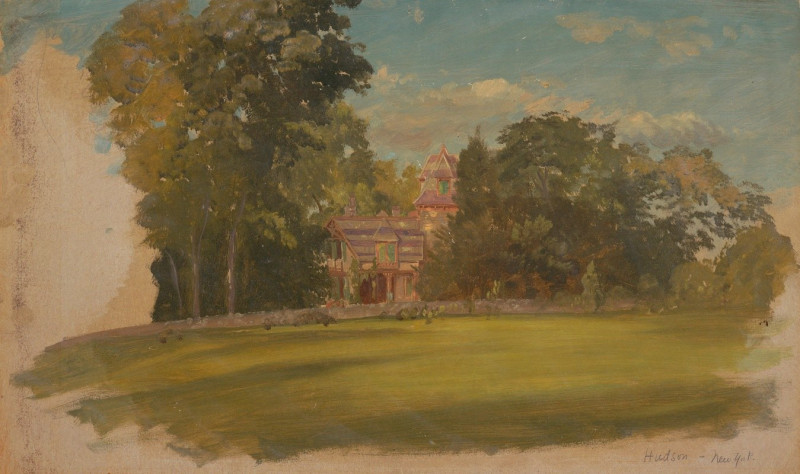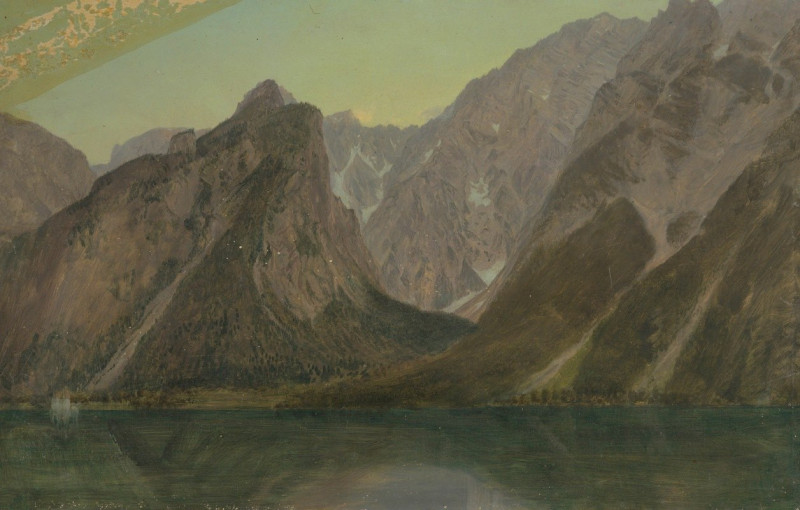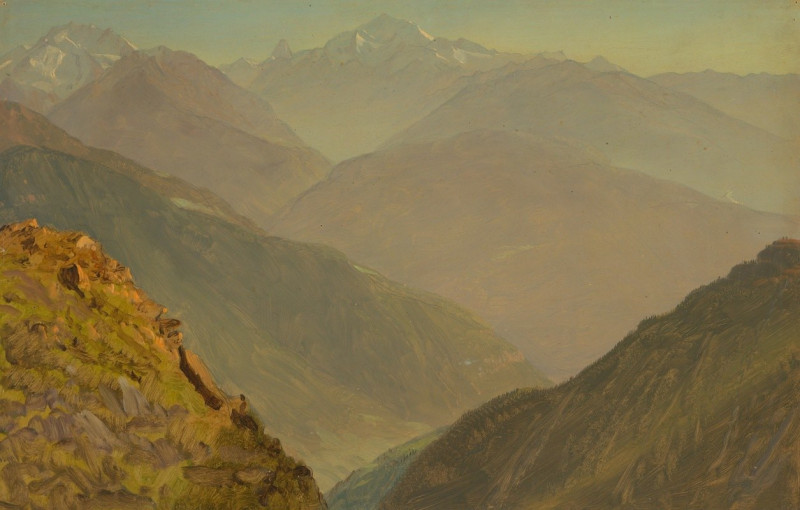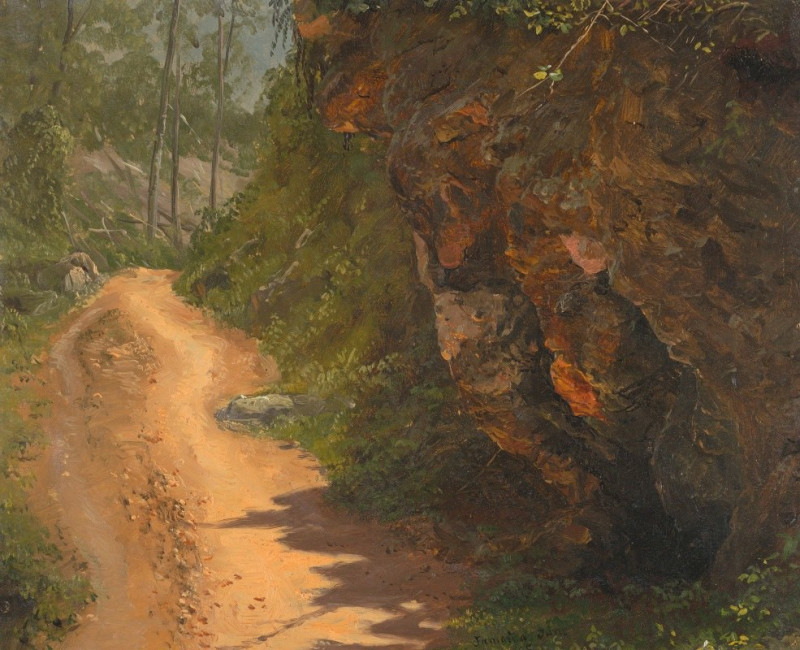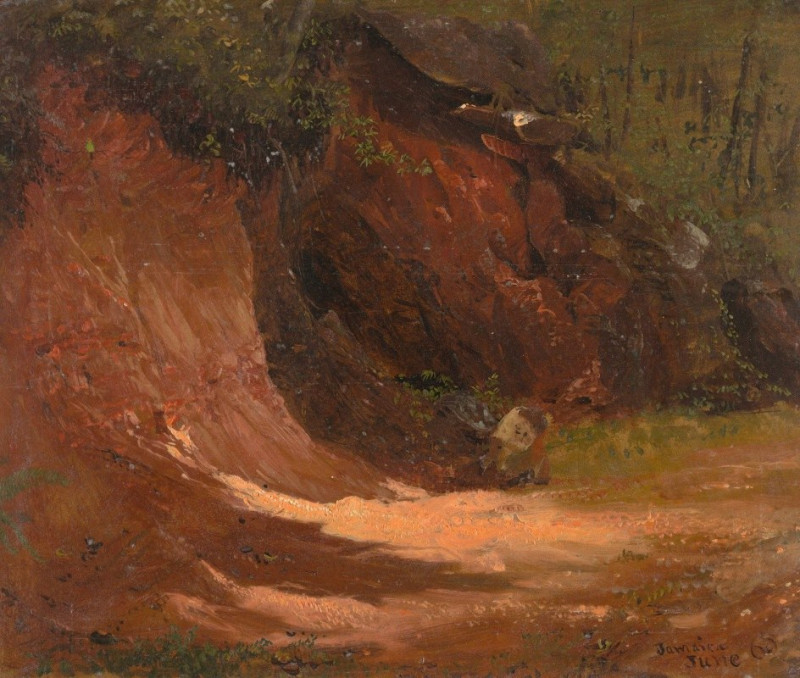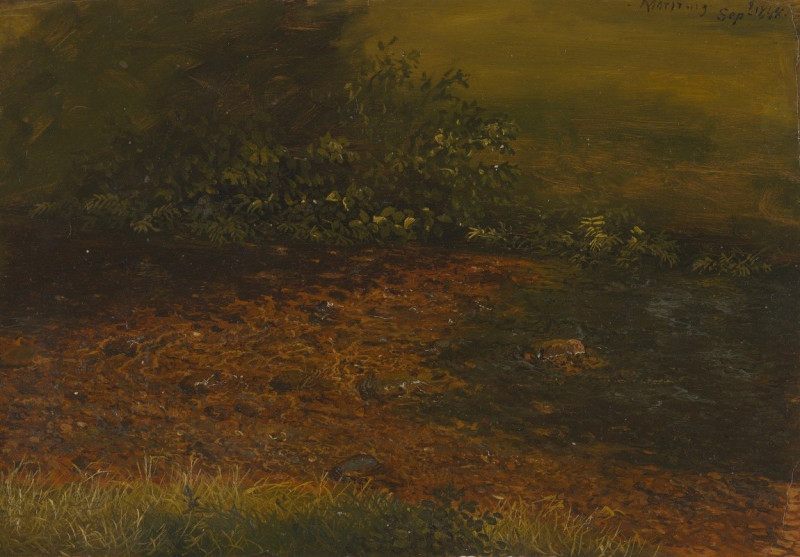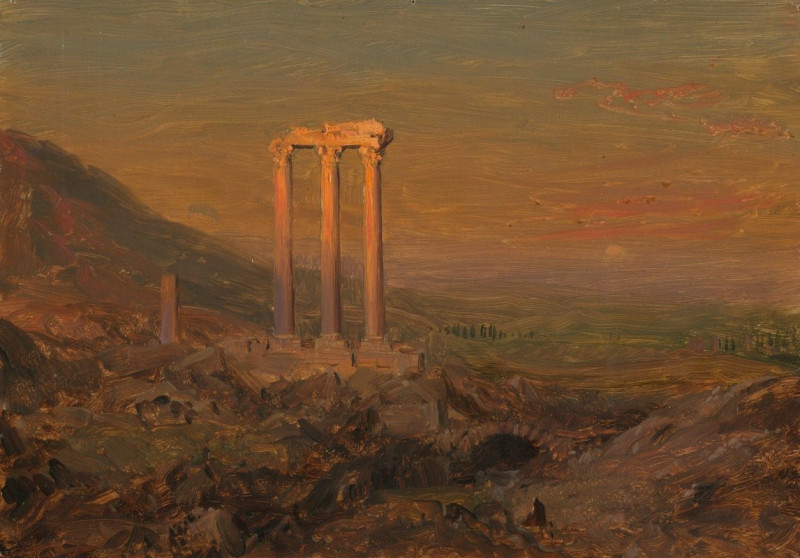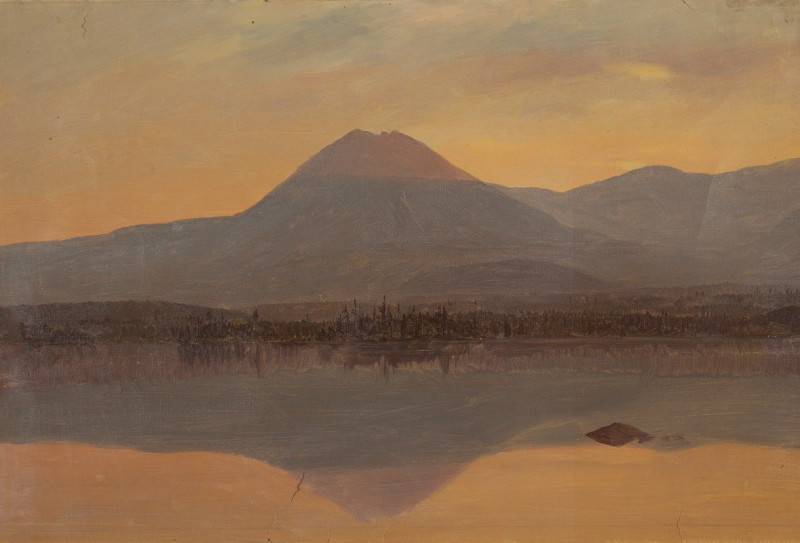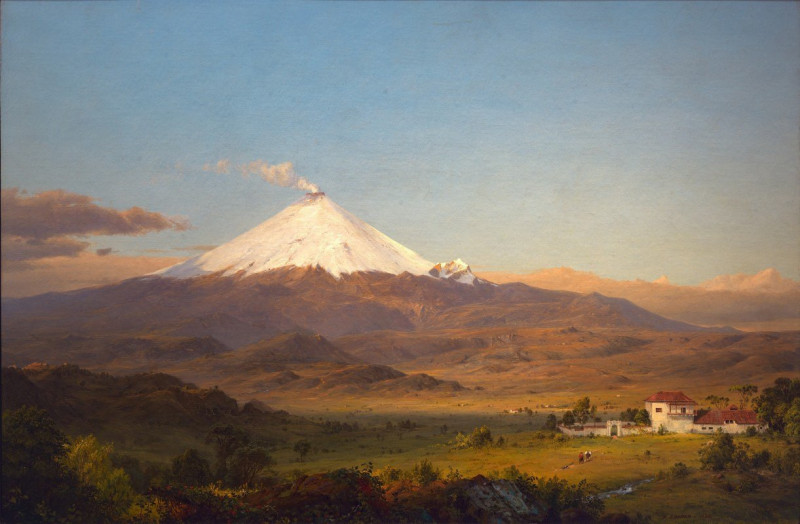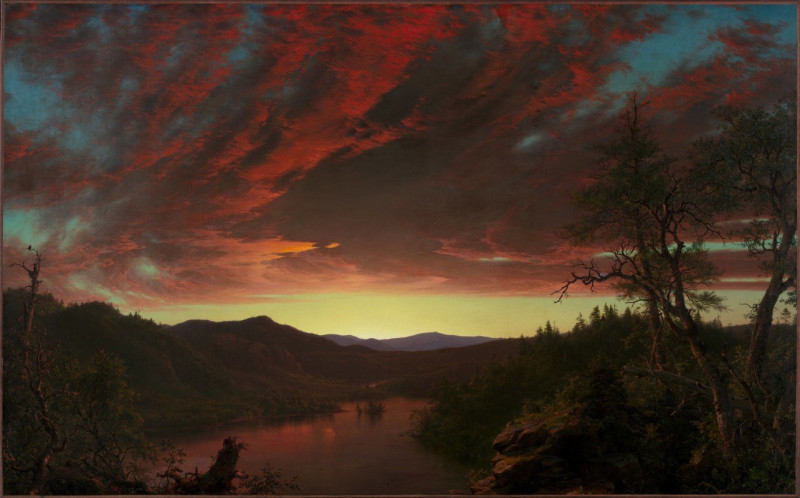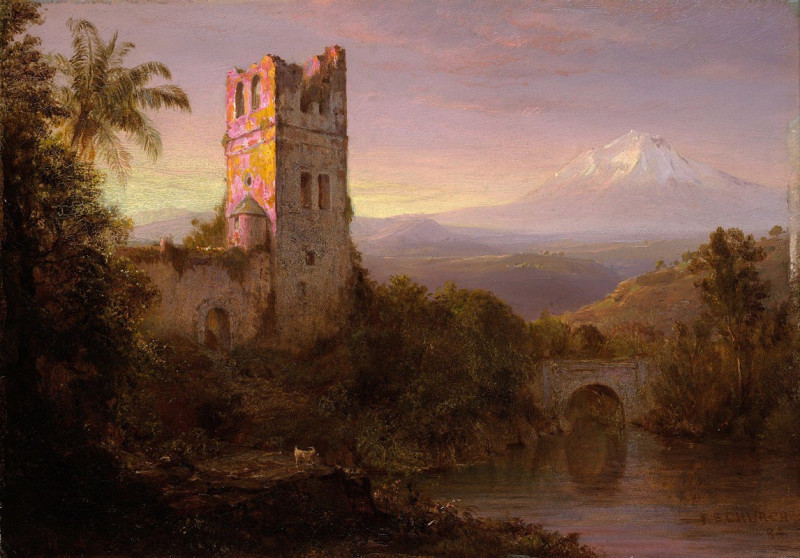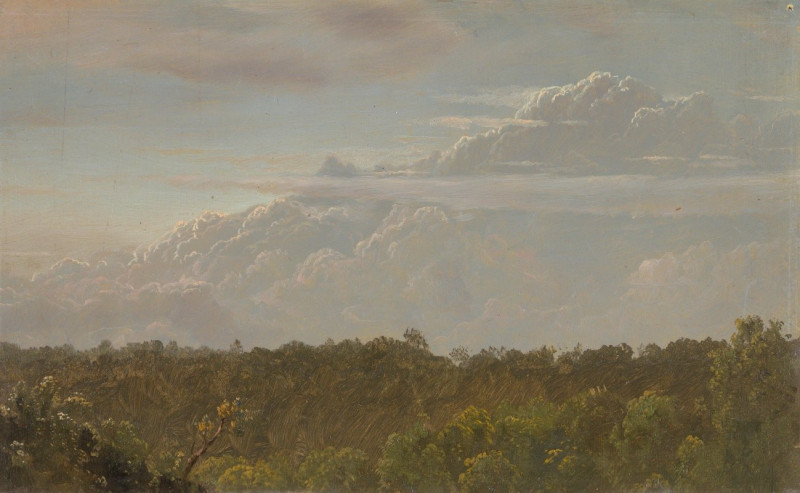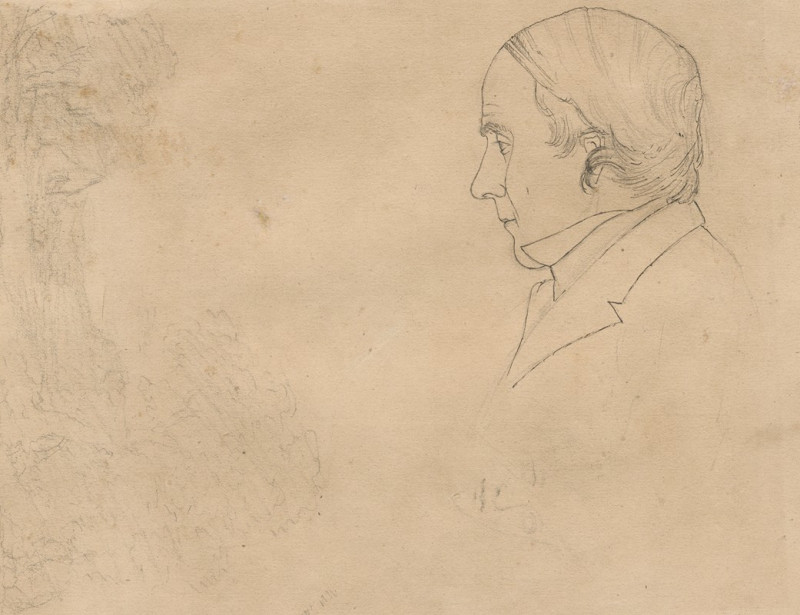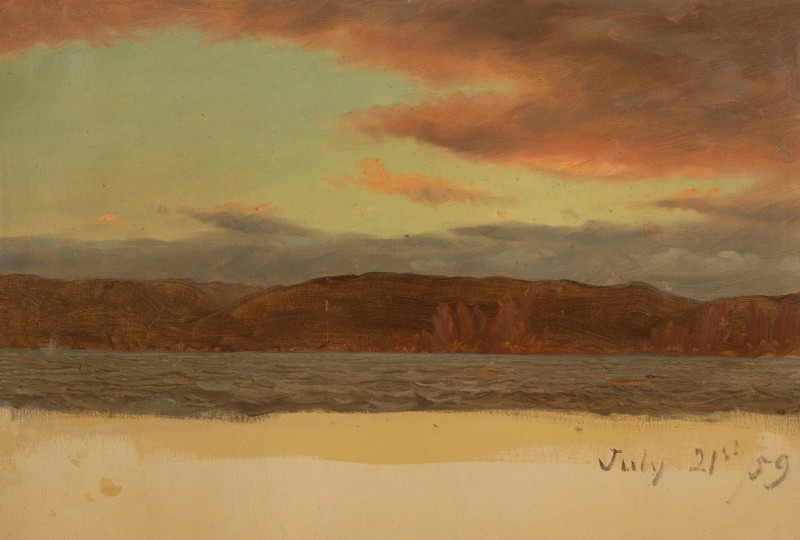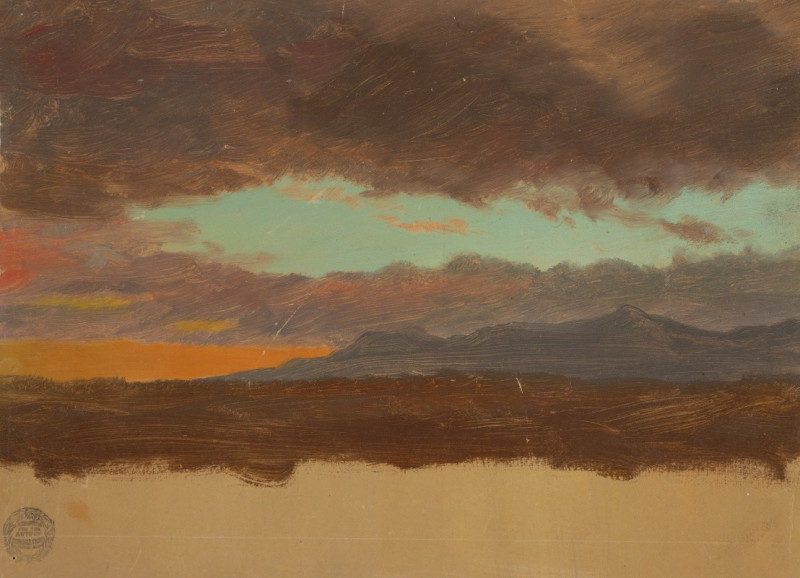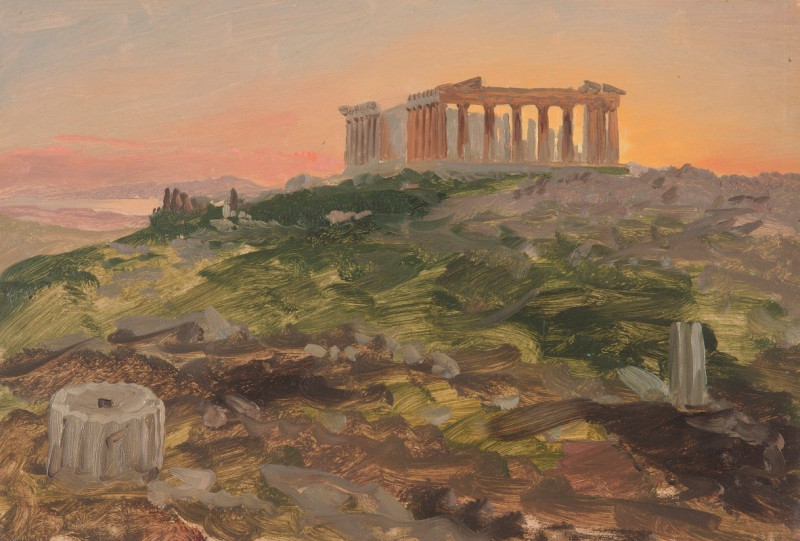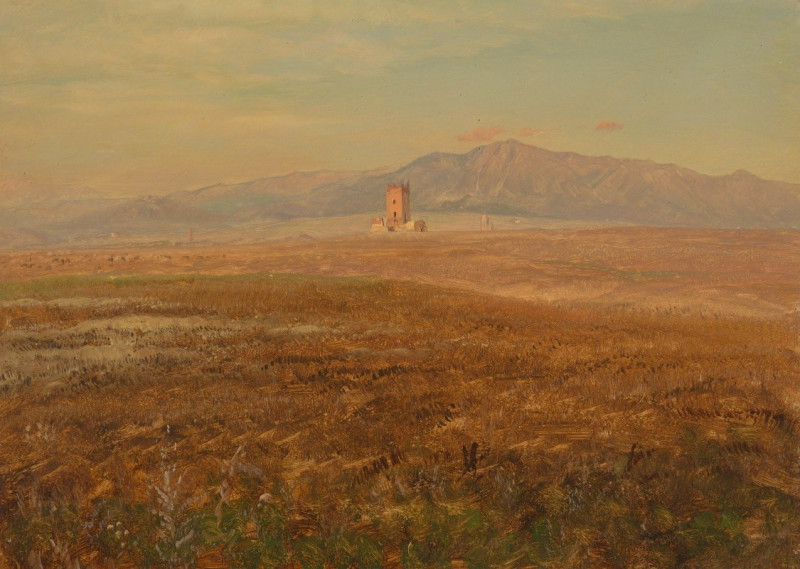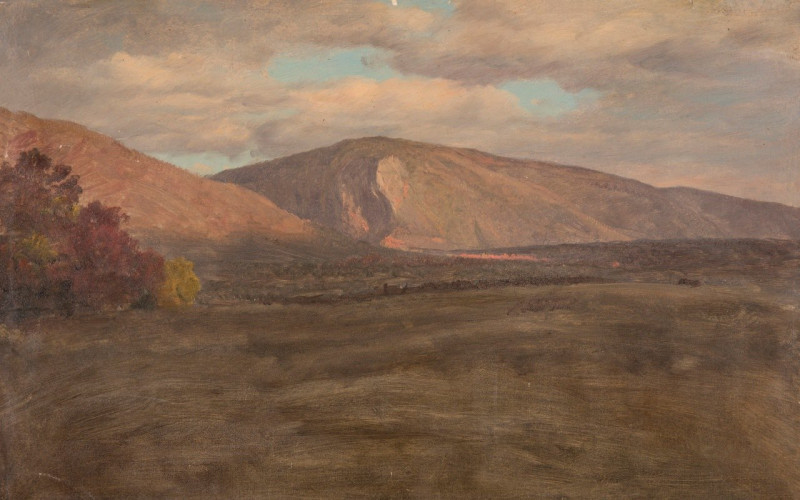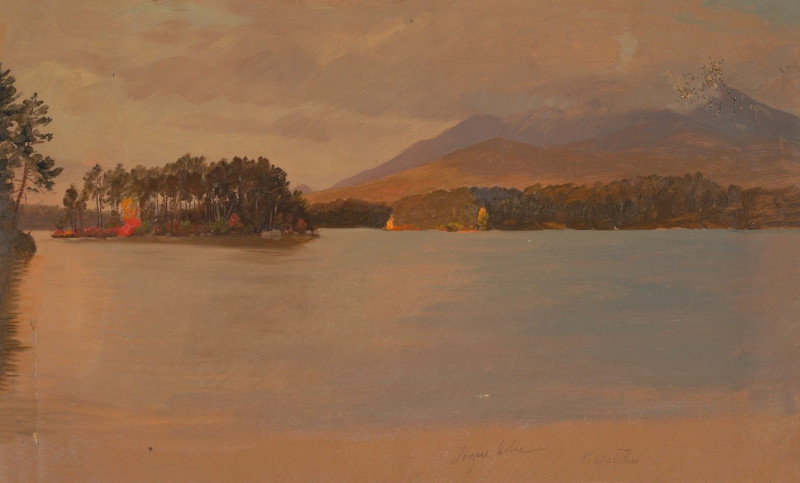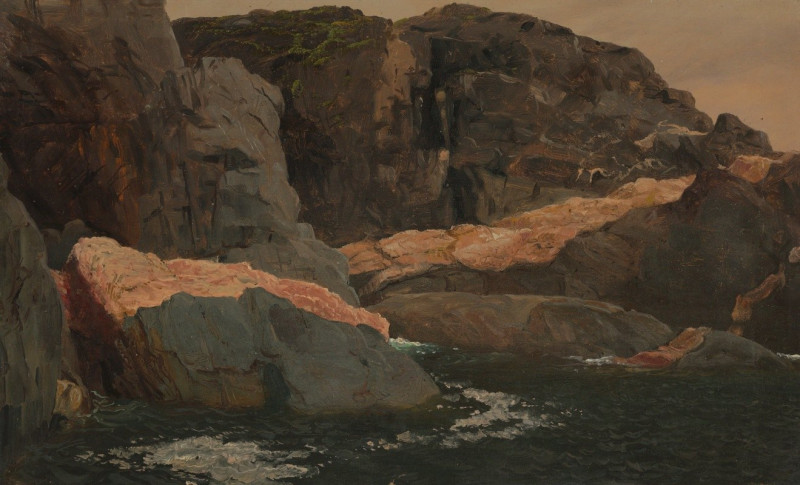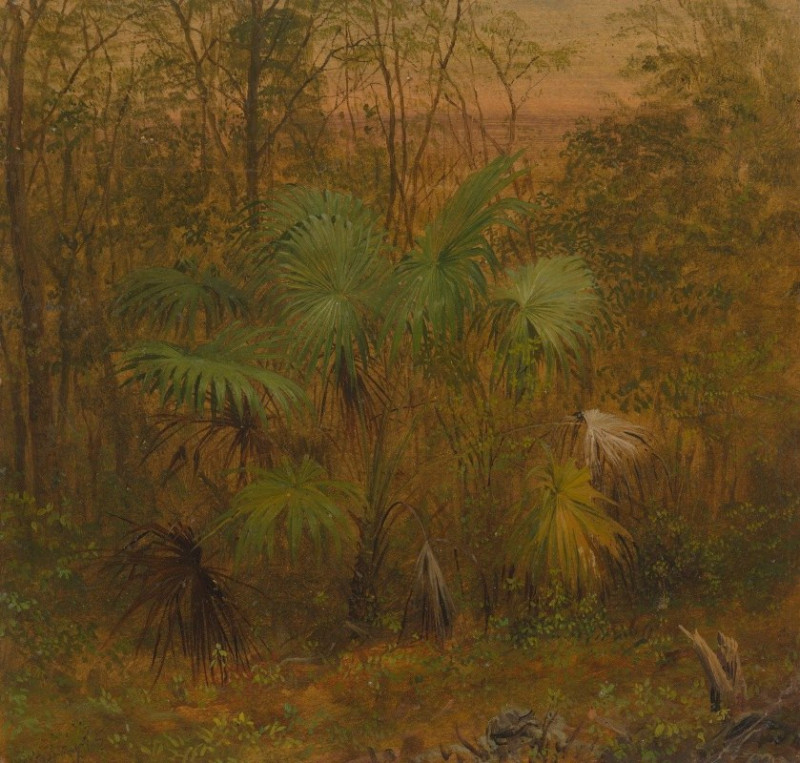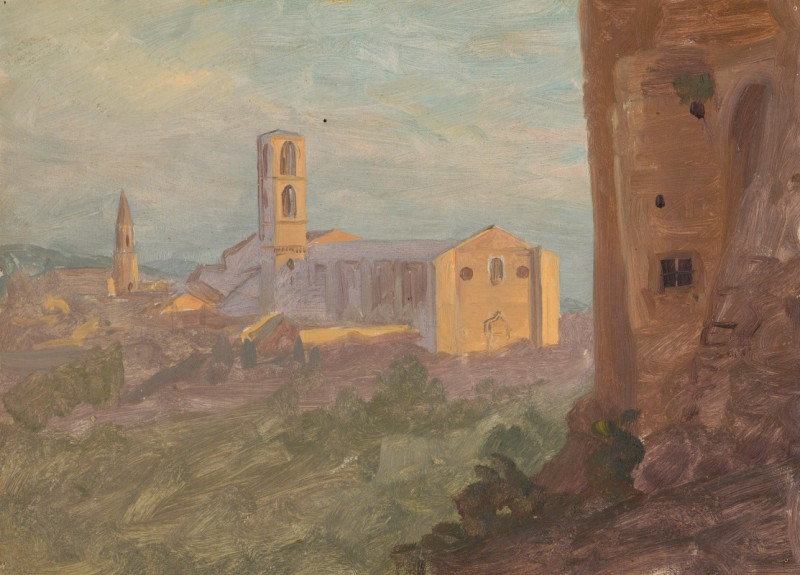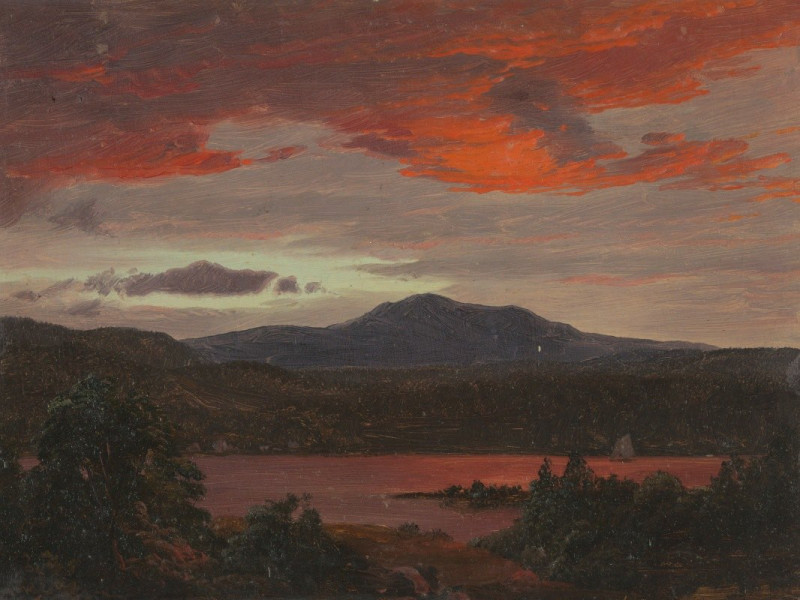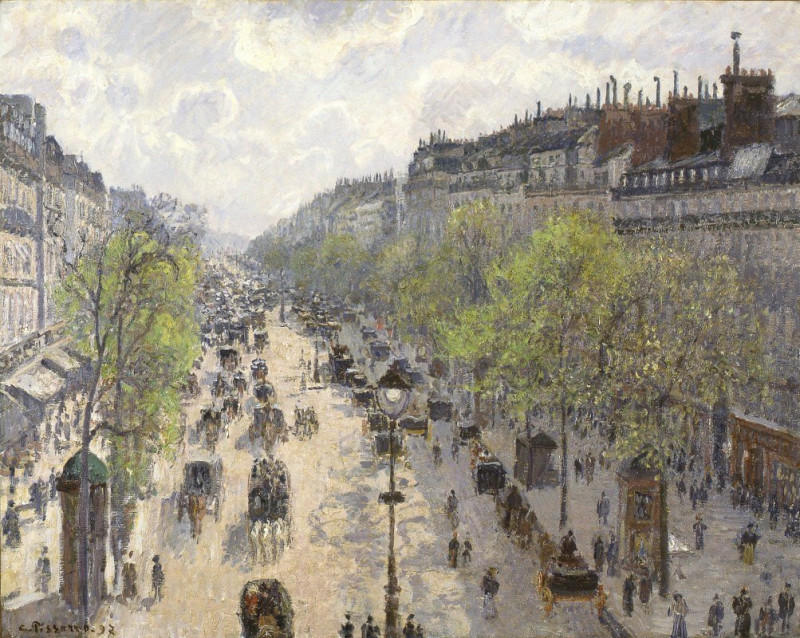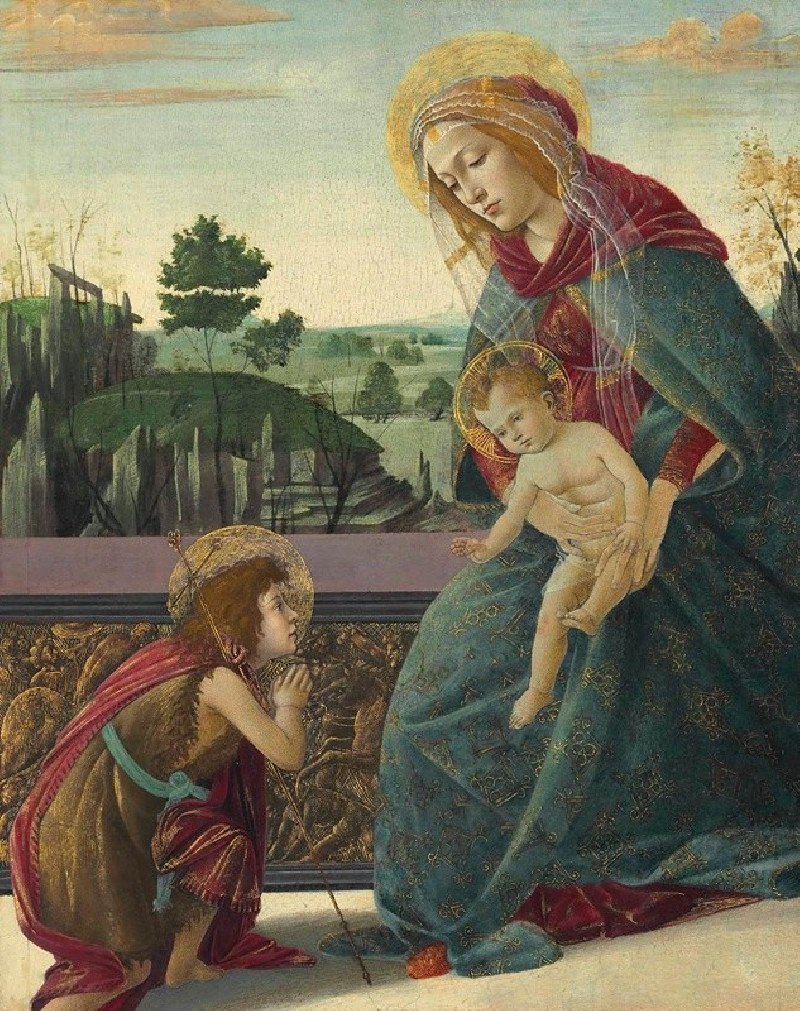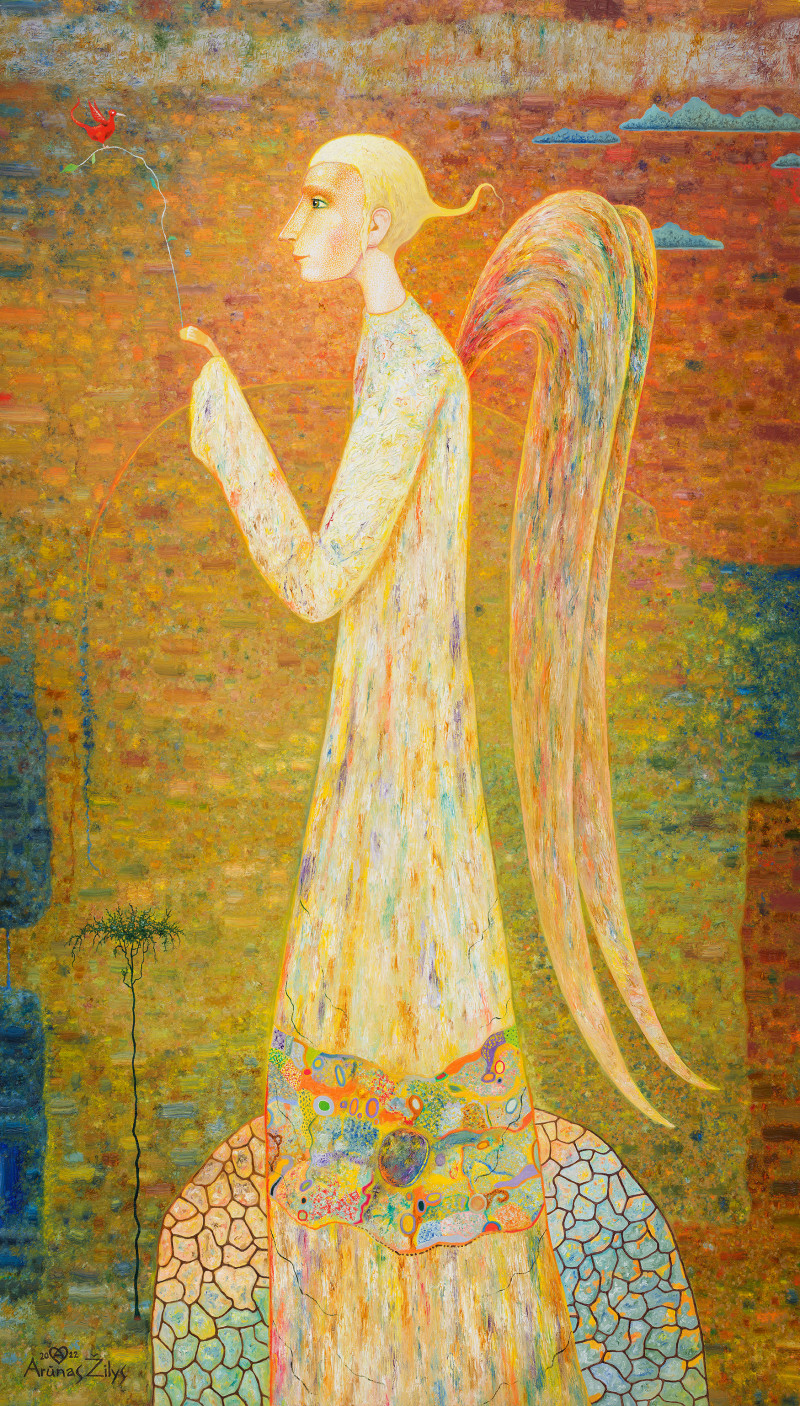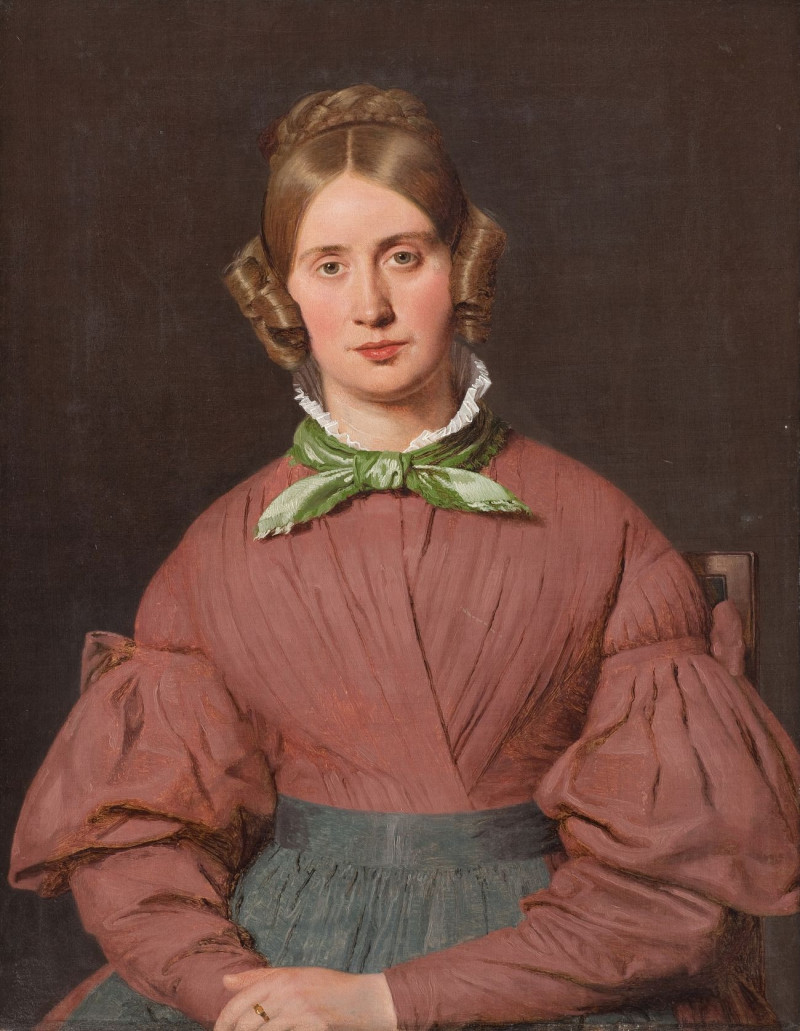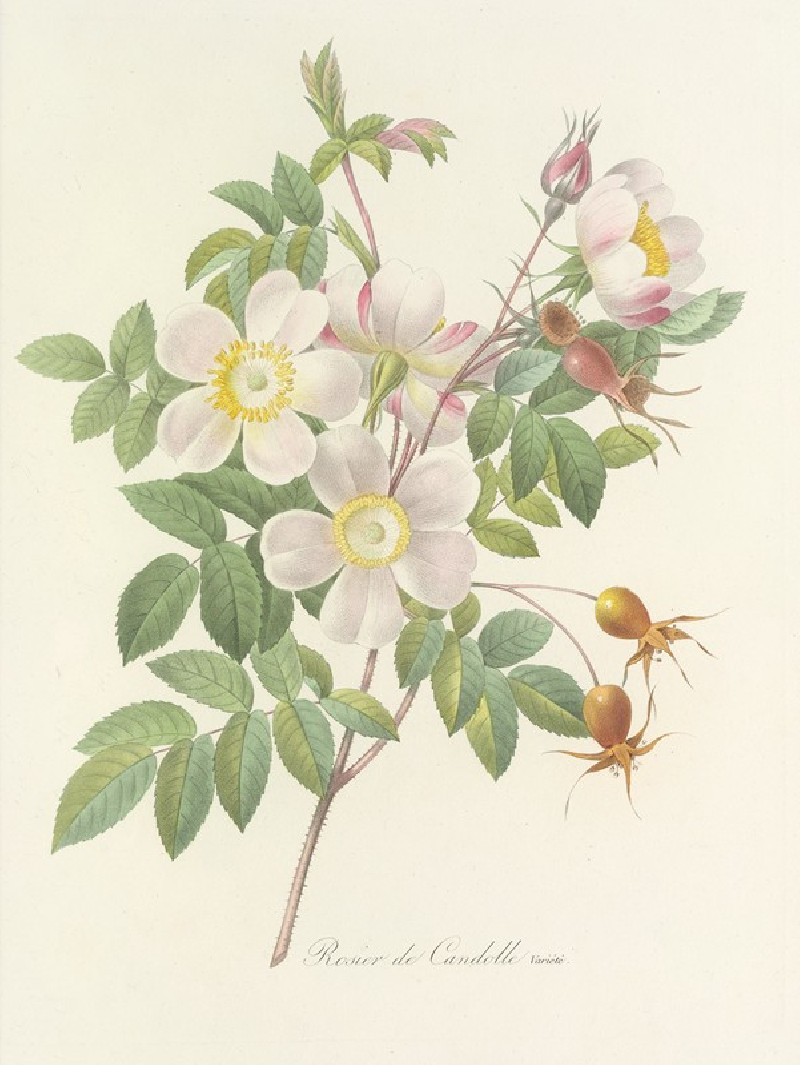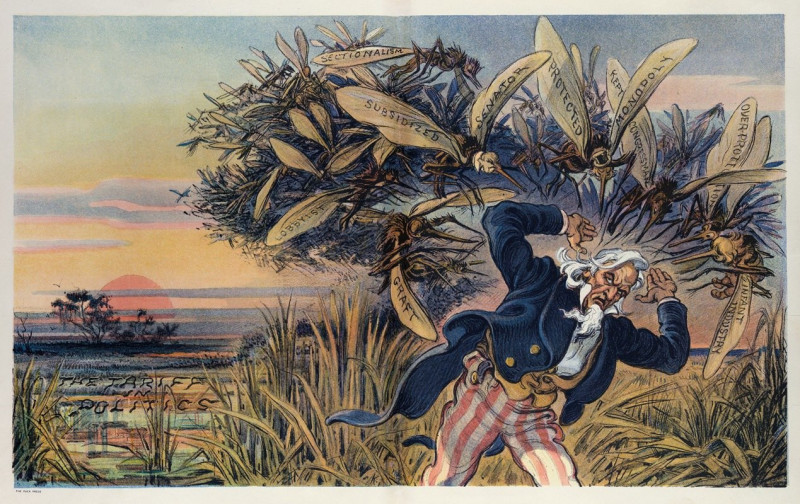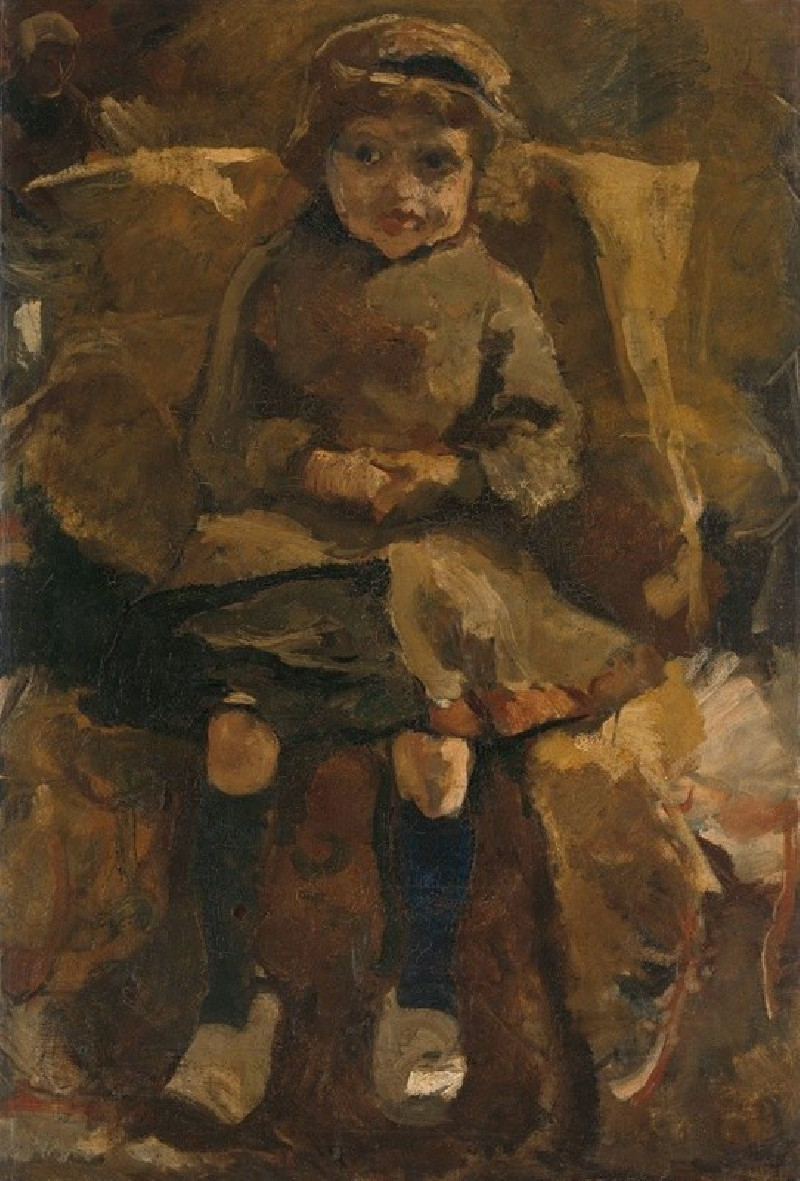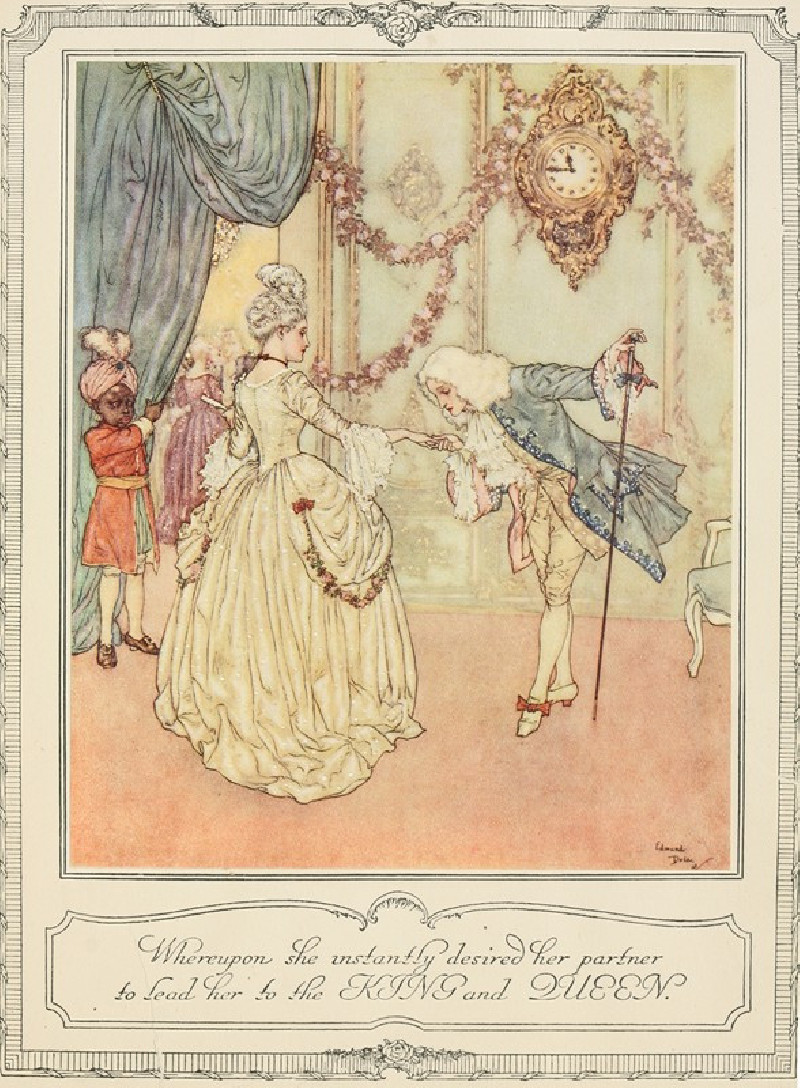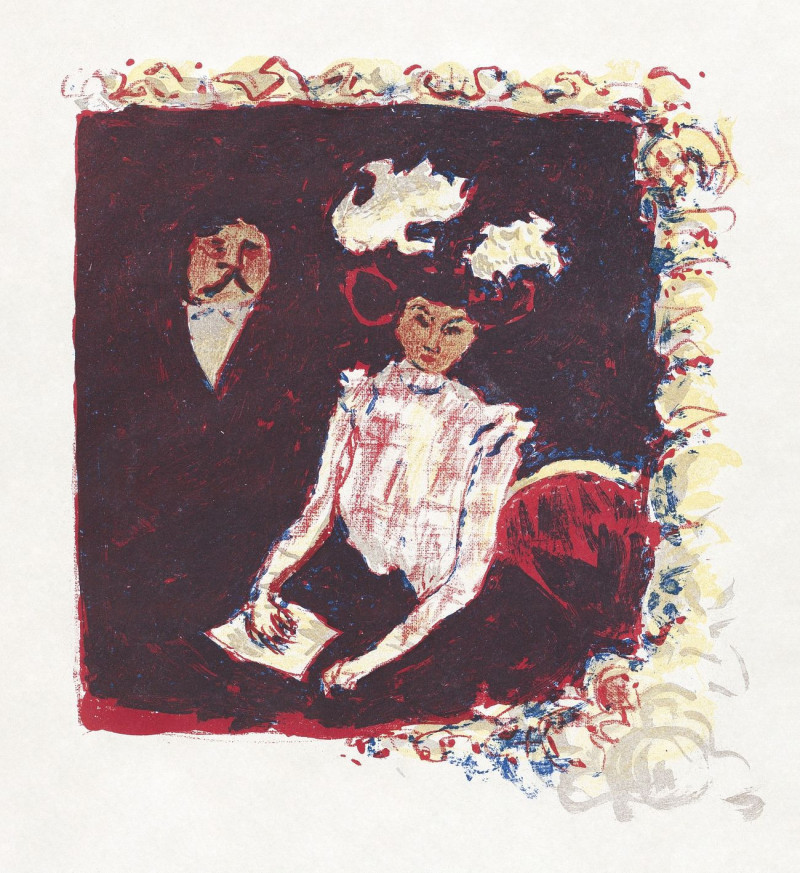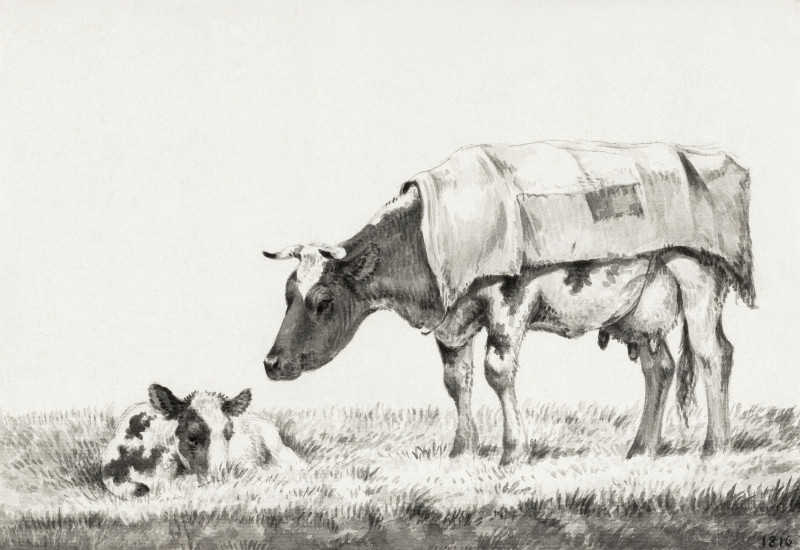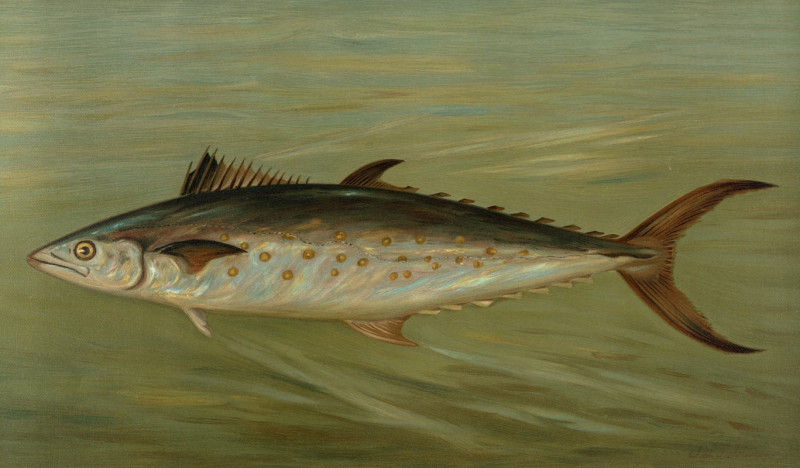Mountains near Baalbec (1868)
Technique: Giclée quality print
Recommended by our customers
More about this artwork
Unveil the serene landscape of "Mountains near Baalbec," a captivating painting by the distinguished American artist Frederic Edwin Church. Created in 1868, this masterpiece transports viewers to the rolling fields and majestic snow-capped mountains reminiscent of the Baalbec region, known for its historic ruins in the Beqaa Valley of Lebanon.In this panoramic painting, Church masterfully captures the expansive, undulating terrain using a vivid palette that accentuates the fertile greens, warm earth tones, and subtle hues of red that highlight the area's natural beauty. The foreground features a gentle slope with patches of greenery punctuated by a wandering path that draws the eye towards the distant mountains, enwrapped in a soft, snowy blanket. This idyllic pathway seems to invite onlookers to explore the tranquil vistas of the Lebanese landscape.Small groupings of trees and bushes add depth and texture, creating a rich tapestry of color and form. The distant mountains, rendered with meticulous strokes, convey both the permanence and grandeur of the natural world."Mountains near Baalbec" reflects Church's profound appreciation of nature’s splendor and his exceptional skill in landscape painting. It encourages a moment of pause and contemplation, urging viewers to appreciate the timeless allure of nature’s embrace. This painting not only showcases the artist's technical prowess but also his ability to evoke emotion and convey a deep reverence for the natural world.
Delivery
Returns
Frederic Edwin Church (May 4, 1826 – April 7, 1900) was an American landscape painter born in Hartford, Connecticut. He was a central figure in the Hudson River School of American landscape painters, best known for painting large landscapes, often depicting mountains, waterfalls, and sunsets. Church's paintings put an emphasis on realistic detail, dramatic light, and panoramic views. He debuted some of his major works in single-painting exhibitions to a paying and often enthralled audience in New York City. In his prime, he was one of the most famous painters in the United States.

